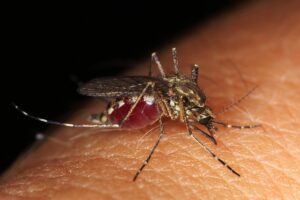Mosquitoes pose significant public health risks as disease vectors, highlighting the critical need for effective mosquito control. Understanding their behaviors—attracted by CO2, body heat, and sweat chemicals for feeding, and specific visual cues and odours for breeding—enables targeted strategies. Mosquito control methods include eliminating breeding sites, applying larvicides and adulticides, and using Integrated Pest Management (IPM) for environmentally responsible solutions. Modern techniques leverage biological controls and advanced technology for precise, eco-friendly applications. IPM combines source reduction, monitoring, and tailored control methods while minimizing environmental impact. Targeted treatment strategies, community involvement, and emerging technologies like drones and AI contribute to effective mosquito control programs, fostering healthier communities and environments.
Professional mosquito control is a complex yet vital field, aiming to mitigate the health risks and nuisance associated with these insects. In this comprehensive guide, we explore various aspects of mosquito management. From understanding their behavior to modern technologies, this article delves into traditional and emerging strategies. Learn about integrated pest management, targeted treatments, environmental considerations, community involvement, and more, as we unravel effective solutions for a mosquito-free environment. Discover the latest in mosquito control techniques and stay informed.
Understanding Mosquitoes: Behavior and Breeding Patterns

Mosquitoes are more than just a nuisance; they are vectors for various diseases, making effective mosquito control crucial for public health and well-being. Understanding their behavior and breeding patterns is essential in developing robust control strategies. These insects exhibit complex behavioral traits, such as a strong attraction to carbon dioxide, body heat, and certain chemicals found in sweat, which guide them to their human hosts. Female mosquitoes also display a preference for certain visual cues and odours when seeking suitable locations for egg-laying, often choosing stagnant water bodies like ponds, marshes, or even small accumulations of water in containers.
Knowledge of these behaviours allows professionals to implement targeted mosquito control measures. This includes eliminating breeding sites by removing standing water, applying larvicides to water bodies, and using adulticides for surface spraying or ultra-low volume applications. Integrated Pest Management (IPM) approaches combine these methods with monitoring and surveillance techniques to ensure the most effective and environmentally responsible mosquito control.
The Impact of Mosquitoes on Public Health
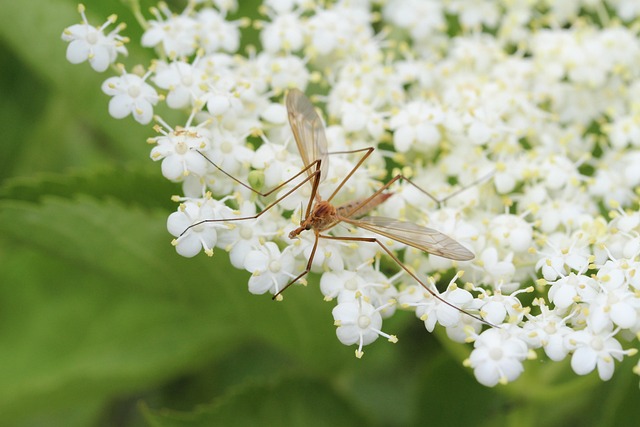
Mosquitoes, though often considered a nuisance, pose significant threats to public health worldwide. These tiny insects are known vectors for various diseases, including malaria, dengue fever, Zika virus, and West Nile virus. In areas with inadequate mosquito control measures, these pathogens can rapidly spread among vulnerable populations, leading to epidemics and even mortality rates.
Effective mosquito control is essential for maintaining community health and preventing widespread disease outbreaks. By implementing integrated pest management strategies, such as eliminating breeding grounds, applying targeted treatments, and utilizing protective gear, communities can significantly reduce mosquito populations and the associated risks. Such proactive measures not only safeguard public health but also alleviate the economic burden caused by mosquito-borne illnesses.
Traditional Mosquito Control Methods

Traditional mosquito control methods often rely on chemical pesticides, which can be effective in reducing mosquito populations but come with potential environmental and health concerns. These chemicals are typically applied as sprays or dunks into standing water sources, such as ponds, marshes, and even buckets or flower pots. While this approach may provide short-term relief, it doesn’t address the root causes of mosquito breeding, like eliminating stagnant water. Furthermore, overuse can lead to resistance in mosquito populations, rendering these chemicals less effective over time.
Another traditional method is the use of insecticides through outdoor misting systems or indoor traps. These methods target adult mosquitoes but do not affect their larvae, which can still breed and contribute to overall mosquito numbers. Moreover, many synthetic insecticides have been linked to adverse effects on non-target species, including beneficial insects and wildlife.
Modern Techniques in Mosquito Management
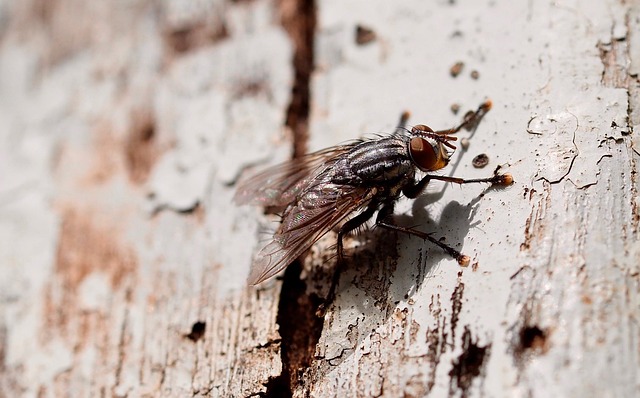
Modern techniques in mosquito management have evolved significantly, employing innovative strategies beyond traditional methods. One notable approach is the integration of biological controls, where natural predators like fish and birds are introduced to water bodies to feed on mosquito larvae. This eco-friendly method reduces the reliance on chemicals while maintaining effective mosquito control.
Additionally, advanced technology such as GPS-guided spraying systems and heat sensors enhance precision and efficiency in insecticide application. These modern tools allow for more targeted treatments, minimizing environmental impact and ensuring better value for money in Mosquito Control efforts.
Integrated Pest Management (IPM) Approach for Mosquito Control

Mosquito control is a complex task, and professionals often employ an Integrated Pest Management (IPM) approach for more effective and sustainable solutions. IPM involves a combination of strategies to manage mosquito populations, focusing on prevention, monitoring, and controlled application of chemicals as a last resort. By adopting this method, experts can minimise environmental impact while ensuring optimal protection against these pests.
The initial steps in IPM include identifying breeding sites and implementing source reduction techniques. This may involve eliminating standing water where mosquitoes lay their eggs, improving drainage, and using mosquito-resistant landscaping. Traps and monitoring devices are then employed to track mosquito activity and identify specific species. These data help professionals tailor their control methods, utilising biological, cultural, and chemical solutions accordingly.
Targeted Treatment Strategies for Specific Areas
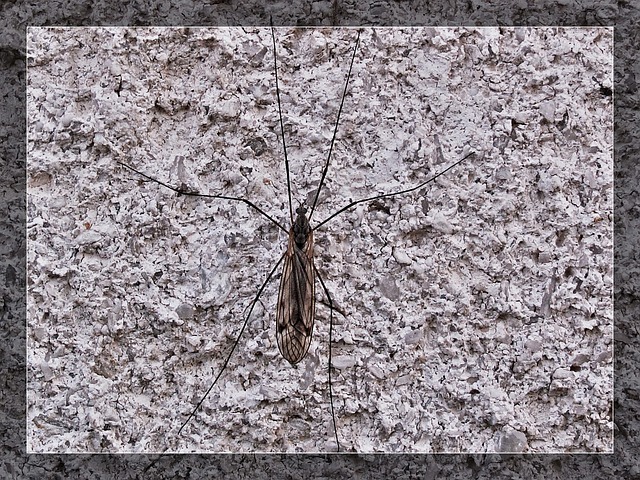
In professional mosquito control, targeted treatment strategies are essential for effective and efficient management. These methods involve identifying and treating specific areas where mosquitoes breed and rest, focusing on their life cycle vulnerabilities. By understanding habitats like stagnant water sources, lush vegetation, and shaded areas, professionals can deploy tailored solutions including larvicides, adulticides, and environmental modifications to disrupt mosquito populations.
Treating these targeted areas not only reduces mosquito numbers but also minimizes the use of chemicals, enhancing both environmental sustainability and public safety. This precise approach ensures that efforts are concentrated where they matter most, contributing to a more comfortable and healthier living environment for communities facing mosquito-related challenges.
Environmental Considerations in Mosquito Control Programs
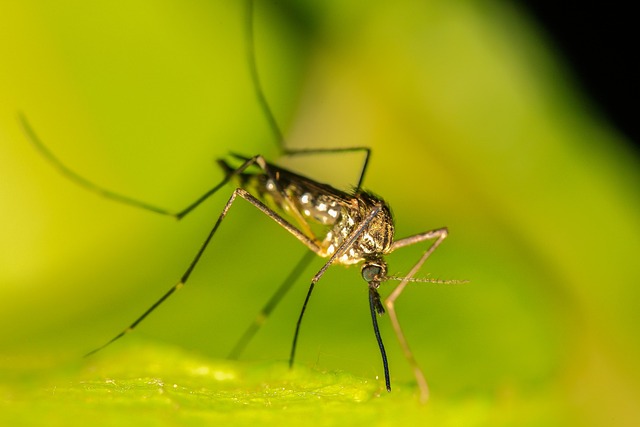
In professional mosquito control programs, environmental considerations play a pivotal role in ensuring effective and sustainable management. It’s crucial to adopt strategies that minimize ecological impact while targeting mosquito populations. This often involves a balanced approach that combines biological methods, such as introducing natural predators or parasites, with chemical interventions used judiciously and in specific applications. The goal is to maintain ecological harmony by avoiding widespread pesticide usage, which can disrupt non-target species and contribute to resistance development.
Environmental stewardship also requires constant monitoring of mosquito breeding grounds to understand their impact on local ecosystems. This includes identifying and managing water bodies that serve as breeding sites, such as standing waters or poorly maintained swimming pools. By integrating these considerations into mosquito control programs, professionals can effectively combat mosquito-borne diseases while preserving the biodiversity and health of the surrounding environment.
Community Involvement and Education

Community involvement plays a pivotal role in effective mosquito control programs. Encouraging residents to actively participate in eliminating breeding grounds is essential. This involves education on identifying and eliminating standing water, which is where mosquitoes breed. By fostering a collaborative environment, communities can significantly reduce mosquito populations. Residents equipped with knowledge become the first line of defense against these pests.
Public outreach initiatives should focus on raising awareness about mosquito behavior, common breeding sites, and the importance of maintaining a clean environment. Workshops, community clean-up drives, and regular communication through newsletters or social media can help in this regard. Such efforts not only empower individuals but also create a collective responsibility for a healthier, less mosquito-prone environment.
Emerging Technologies and Innovations in Mosquito Control
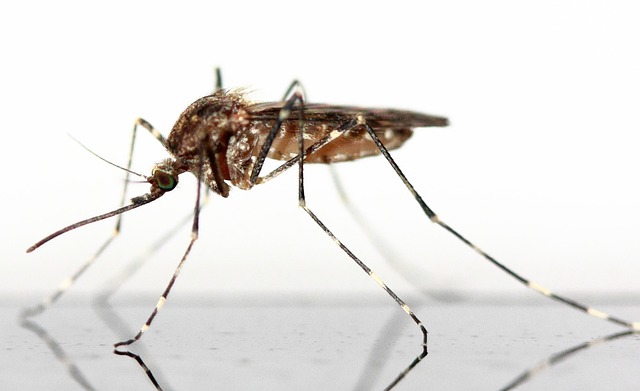
The realm of mosquito control has seen a surge in emerging technologies and innovations, revolutionizing the way we combat these pesky insects. One notable advancement is the integration of drones equipped with advanced sensors and insecticides, enabling precise and efficient targeting of mosquito habitats. These drones can navigate through challenging terrain and reach hard-to-access areas, ensuring comprehensive coverage. Additionally, smart traps that utilize artificial intelligence (AI) and machine learning algorithms are being developed to monitor and predict mosquito populations more accurately.
Another game-changer is the application of genetic engineering techniques to develop disease-resistant mosquito strains. This approach aims to reduce the vector capacity of mosquitoes carrying diseases like Zika, Dengue, and Cholera. Furthermore, the use of biological control agents, such as bacteria and parasites that specifically target mosquitoes, offers a more eco-friendly method of control. These innovations not only enhance the effectiveness of mosquito control programs but also promote sustainable practices, ensuring a healthier balance in the environment.
